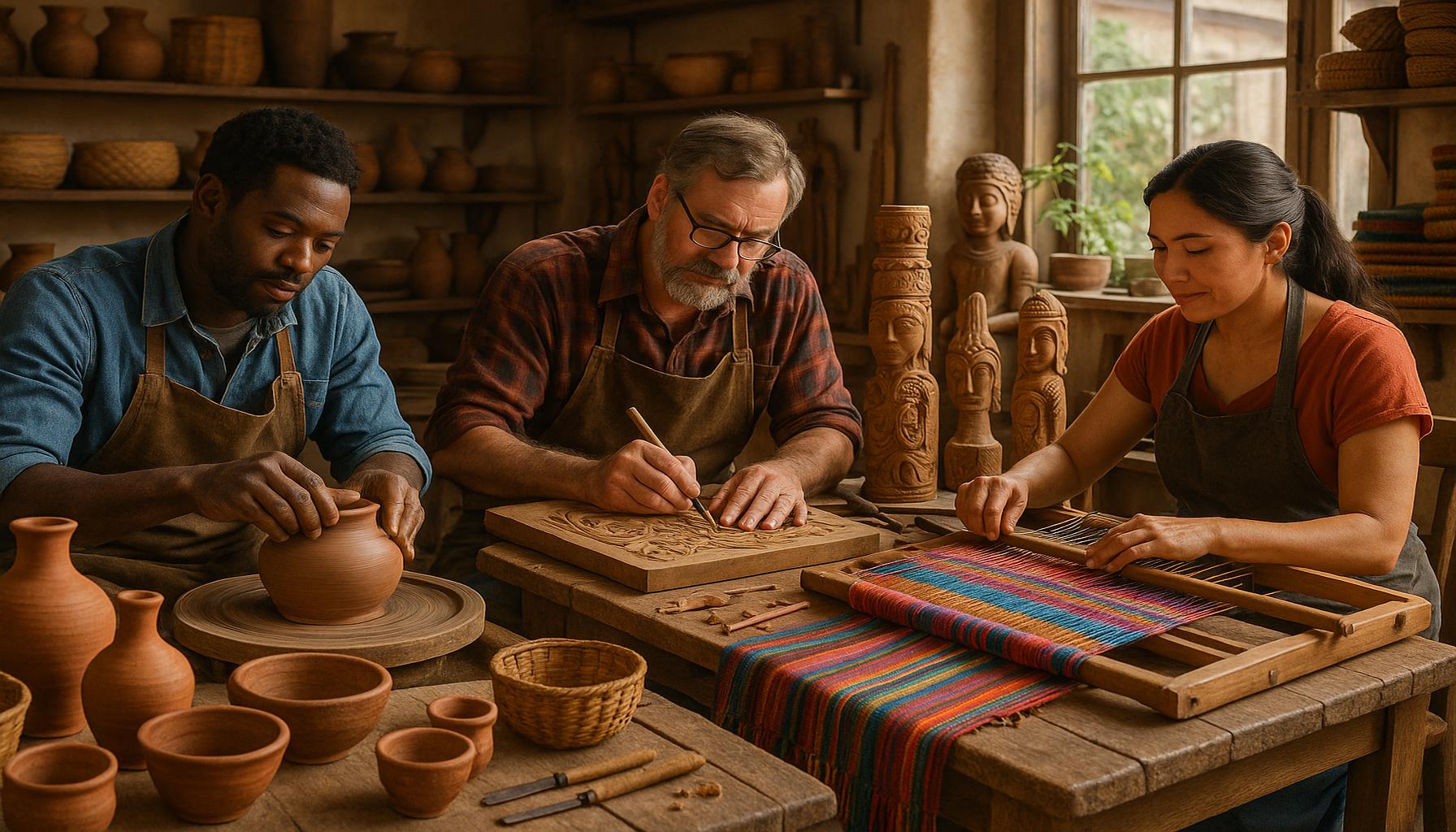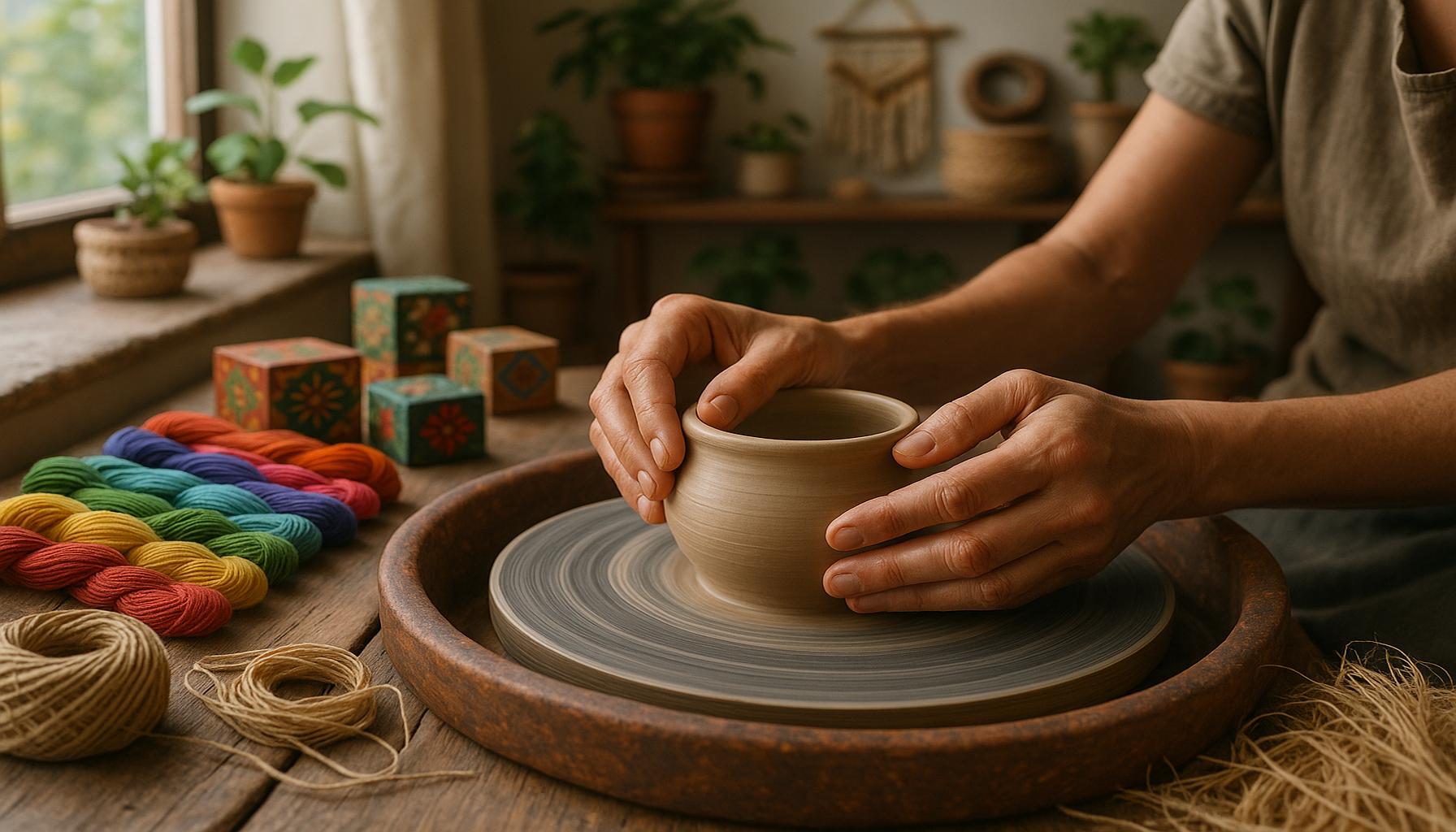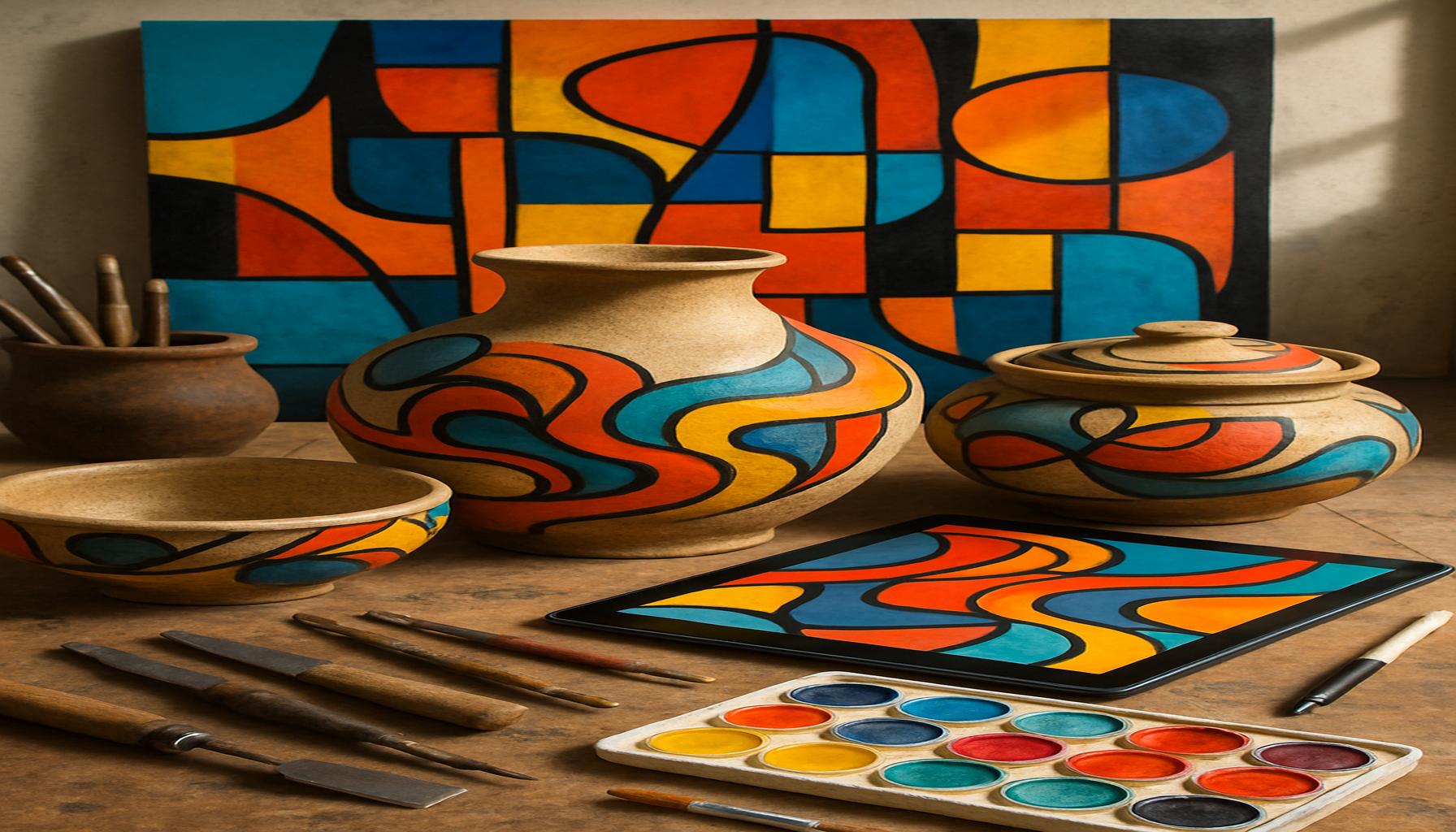Sustainable Crafting: Transforming Recycled Materials into Works of Art
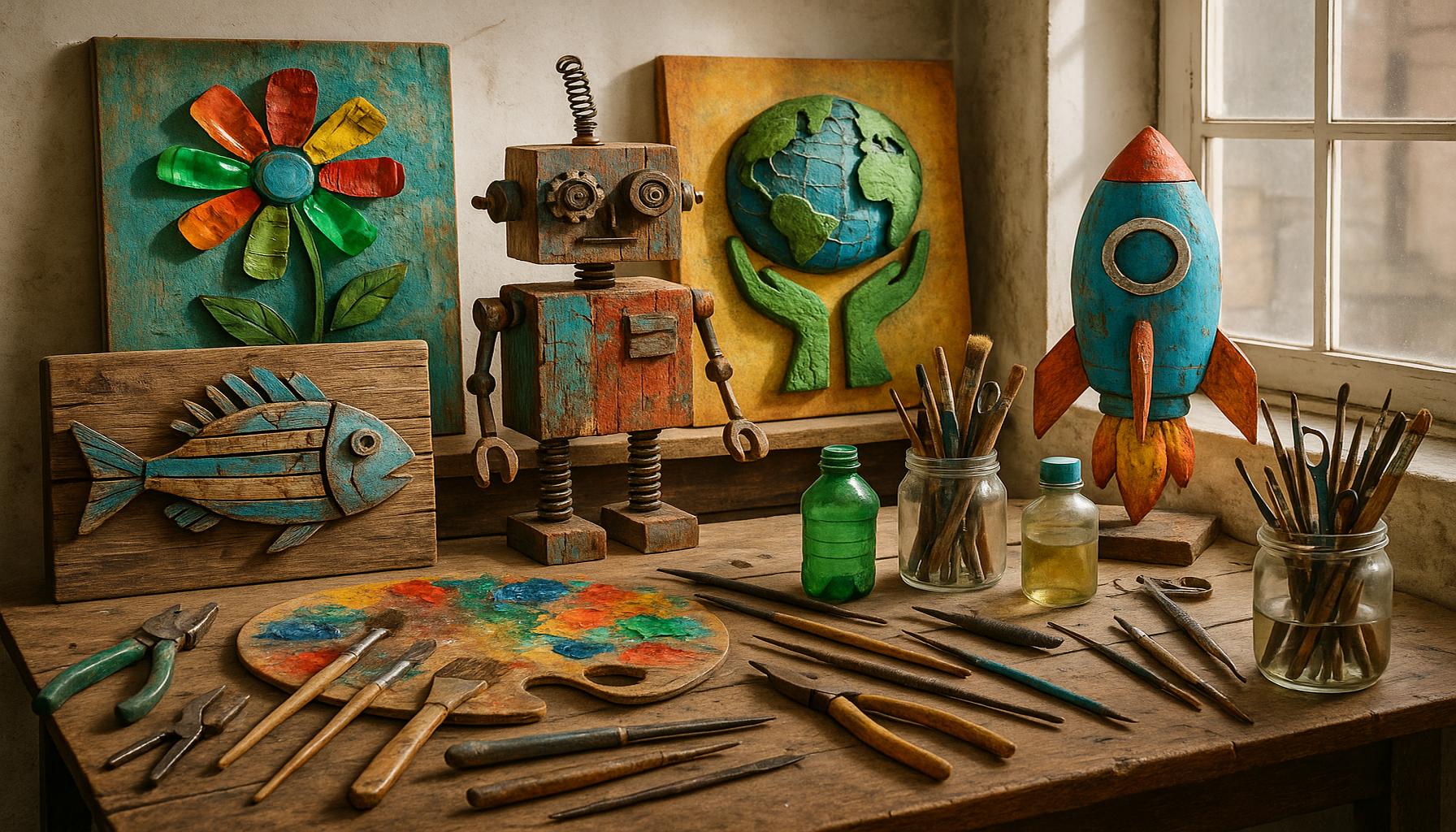
The Rise of Sustainable Crafting
In today’s world, where climate change and environmental degradation are pressing concerns, many individuals are turning to sustainable crafting as a means of expression and responsibility. The phenomenon of turning waste into wonder has gained traction, captivating artists and hobbyists alike with its promise of beauty and functionality. This innovative approach not only champions eco-friendliness but also elevates creativity, allowing individuals to explore and showcase their artistic abilities.
Understanding the Shift Towards Sustainability
What is driving the surge in sustainable crafting? Several compelling factors are encouraging this cultural and artistic shift:
- Environmental Impact: Every year, the US generates approximately 292.4 million tons of trash, a staggering amount that often ends up in landfills. By utilizing recycled materials, crafters significantly reduce waste, actively participating in conservation efforts. For instance, transforming discarded packaging into beautiful organizers keeps materials out of landfills and contributes to a cleaner environment.
- Creativity Unleashed: Crafting with recycled materials requires innovative thinking. Instead of adhering to traditional forms and mediums, crafters are challenged to repurpose everyday items. A broken guitar may become a vibrant piece of wall art, while string from used bags can be woven into stunning textiles, each project telling a unique story.
- Cost-Effective: In a time when budget constraints are common, sustainable crafting offers a practical solution. Many artists find that using reclaimed materials or waste products can dramatically lower their expenses. Not only does it support their passion, but it also encourages resourcefulness, transforming what would be waste into works of art.
Common Materials for Creative Projects
For those looking to dive into sustainable crafting, understanding which materials can be used is vital. Here’s a selection of popular items that can be transformed into artistic masterpieces:
- Cardboard and paper products: Old boxes and newspapers can be made into sculptures, collages, or even book covers.
- Glass jars and bottles: These can serve as plant containers or candle holders, adding charm while recycling.
- Fabric scraps: Unused fabrics from previous projects can be stitched into quilts or used for patchwork creations, promoting textile sustainability.
- Wood remnants: Small offcuts from furniture making or home improvement projects can be sculpted or painted, providing a new life to what would otherwise be discarded.
Joining the Movement
As more individuals and communities become engaged in sustainable crafting, they not only contribute to a growing cultural trend but also promote responsible consumption that resonates deeply in today’s society. By participating in this movement, crafters of all skill levels can experience the joy of creation while making a positive impact on the planet.
So, whether you’re an experienced artisan or just starting out, consider exploring the world of recycled materials. You may find that the beauty of your creations lies in their history and the stories they tell. Engage with local crafting communities, attend workshops, or even share your creations online to inspire others. Discover how your creativity can be part of a broader environmental dialogue while bringing your unique vision to life.
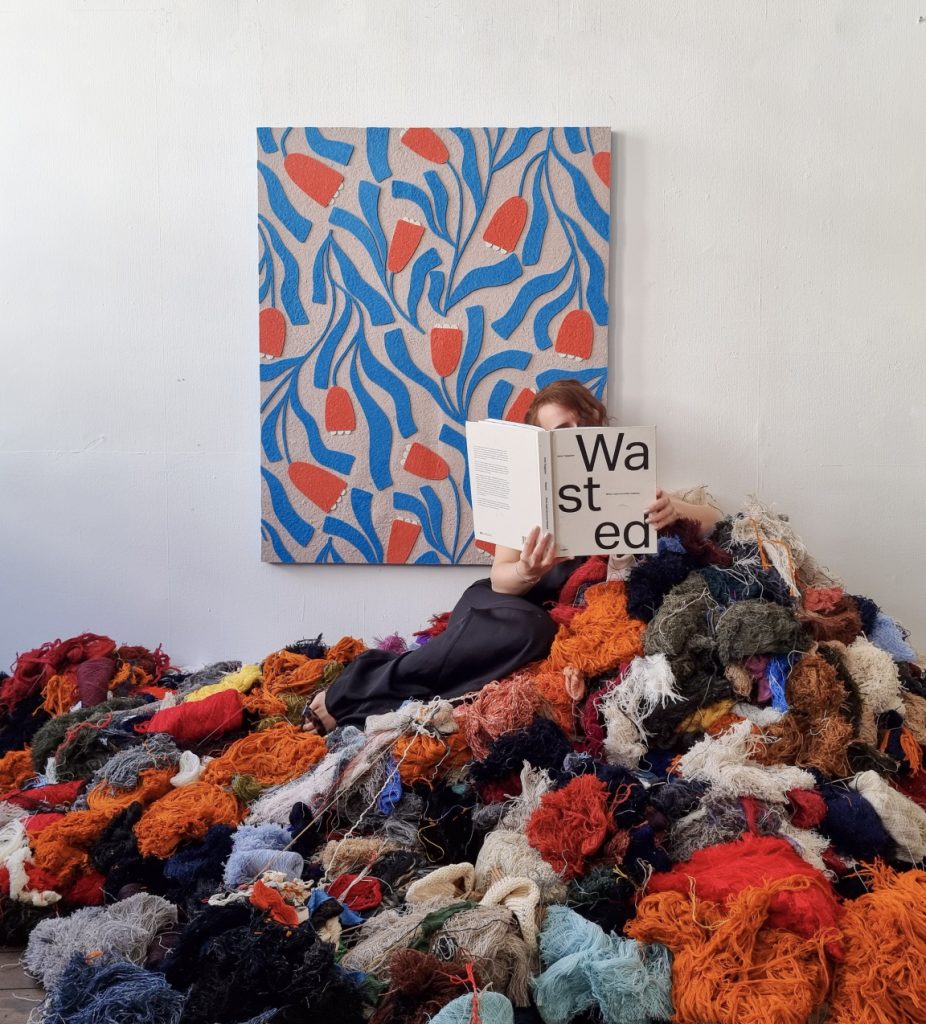
DISCOVER MORE: Click here to unleash your creativity
Embracing the Art of Repurposing
Sustainable crafting isn’t merely a trend; it represents a profound shift towards a more circular economy where waste is not an end but a resource for creativity. The practice involves the meticulous process of transforming discarded materials into innovative pieces of art, giving new life to what would otherwise end up in landfills. This approach has captured the attention of many, leading to a burgeoning community of eco-conscious creators. As you embark on this creative journey, understanding the potential of repurposable materials can transform your artistic expression profoundly.
The Value of Repurposing
Repurposing materials extends far beyond enhancing creativity; it cultivates a deeper relationship with the environment. Each item selected for craft projects becomes a canvas for new possibilities. Here are some key reasons why repurposing materials is valuable to crafters and the community:
- Art with a Purpose: Creating with recycled materials often carries intrinsic meaning. Each piece created may represent personal beliefs, awareness of waste issues, or the beauty of low-impact living. This facet makes every crafted item unique and significant.
- Community Connections: As sustainable crafting encourages collaboration, local workshops and crafting circles are springing up across the nation. These gatherings foster not only learning but also community building, where individuals can share ideas and resources, creating a vibrant ecosystem of artisans dedicated to sustainability.
- Skill Development: Engaging with recycled materials pushes crafters to develop new skills. Whether they are upcycling furniture or creating jewelry from discarded electronics, the challenges posed by unconventional materials enhance dexterity and innovative thinking, making the crafting experience even more rewarding.
Getting Started: A Few Tips
If you’re eager to dive into the realm of sustainable crafting, consider these practical tips:
- Collect Wisely: Start by curating a collection of materials that are easily found in your everyday life, such as plastic bottles, old clothes, and scrap paper. Keep an eye out for local recycling events where you can gather supplies.
- Experiment and Explore: Allow yourself the freedom to experiment without fear of making mistakes. The beauty of crafting lies in its ability to unveil unexpected techniques and results. Embrace any new ideas that emerge during the creation process.
- Document Your Journey: Share your crafting process and final products on social media platforms. Not only does it inspire others to join the sustainable movement, but it also allows for community engagement, leading to valuable feedback and camaraderie among crafters.
As the sustainable crafting movement continues to expand, the possibilities for creativity and environmental impact grow equally exciting. By actively engaging in this practice, you are not only crafting art but also participating in a larger conversation about sustainability and responsible consumerism. Each project becomes more than just an object; it becomes a statement about the value of repurposing in our modern world.
Sustainable Crafting: Transforming Recycled Materials into Works of Art
Sustainable crafting is a powerful movement that not only emphasizes creativity but also celebrates environmental consciousness. By repurposing materials that would otherwise end up in landfills, artists and crafters are creating stunning works of art that tell a story of transformation and innovation. This practice encourages individuals to look at everyday items through a new lens, recognizing their potential to become something beautiful and functional.
Artisans across the globe are harnessing the beauty of recycled materials, such as glass bottles, old newspapers, and discarded textiles, to produce unique handcrafted items. These projects not only reduce waste but also lower the carbon footprint associated with producing new goods. With the escalating issues of waste management and pollution, sustainable crafting provides a viable solution that benefits both artists and the planet.
Moreover, sustainable crafting encourages community involvement and educational opportunities. Workshops and classes focused on these eco-friendly practices can foster a deeper understanding of environmental issues while cultivating hands-on skills that promote sustainability and resourcefulness. As a result, this movement empowers individuals to express themselves creatively while simultaneously advocating for a healthier planet.
| Advantages | Impact |
|---|---|
| Creative Expression | Sustainable crafting allows for endless creative possibilities by transforming mundane materials into art. |
| Environmental Benefits | Reduces waste and minimizes the carbon footprint, promoting a healthier ecosystem. |
As you delve deeper into the world of sustainable crafting, consider the myriad of ways you can contribute to this art form. From starting your own projects at home to supporting artists who emphasize reusability, every action counts. With resourcefulness and creativity, you too can learn to appreciate the art of sustainability and its profound impacts on both society and the environment.
DIVE DEEPER: Click here to unlock the power of musical collaboration
Unleashing Creativity Through Sustainable Materials
The heart of sustainable crafting lies in the boundless creativity inspired by recycled materials. Artists and crafters alike are discovering that everyday items can be transformed into stunning works of art, redefining our understanding of waste and utility. This exploration not only breathes new life into discarded products but also ignites a passion for innovative design that aligns with eco-friendly practices.
Innovative Techniques and Materials
With a growing emphasis on upcycling, creators are continually uncovering novel methods to utilize materials that would typically be cast aside. Here are just a few inspiring techniques and materials showing the variety and potential within sustainable crafting:
- Pallet Furniture: Wooden pallets, often discarded after one-time use, can be transformed into stylish benches, tables, and shelves. Local wood shops or hardware stores frequently offer free or inexpensive pallets, making this an accessible avenue for both novice and experienced crafters.
- Fabric Remnants: Textiles from old clothing or curtains can be sewn together to create unique quilts, bags, or wall hangings. By incorporating fabric scraps into projects, artisans are contributing to the reduction of textile waste, which accounts for a significant portion of landfill contributions in the United States.
- Plastic Bottle Sculptures: With millions of plastic bottles ending up in landfills every day, crafting vibrant sculptures or garden décor from these materials can help shift perceptions. Artists across the country have been using techniques such as cutting, melting, and dyeing plastic bottles to produce striking visual art.
Tools and Resources for Eco-Friendly Crafting
Just as important as the materials used are the tools and resources that support sustainable crafting. With an increase in awareness surrounding environmental issues, numerous platforms and shops have emerged to assist eco-conscious creators. Consider the following:
- Online Communities: Websites like Pinterest and Instagram have become treasure troves of inspiration for sustainable crafting. Crafters can browse through countless projects and tutorials that highlight creative uses for recycled items, motivating others to share their experiences and results.
- Nonprofit Organizations: Initiatives such as Creative Reuse centers are gaining traction across the U.S., providing resources for sustainable crafting. These organizations often offer workshops, materials, and a space for individuals to explore their creativity while promoting sustainable practices.
- Sustainable Craft Suppliers: Enterprising companies are emerging, dedicated to providing eco-friendly crafting supplies—from biodegradable glues to natural dyes—encouraging environmentally responsible habits in the crafting community.
As sustainable crafting becomes a bridge between artistic expression and environmental responsibility, it reflects a compelling movement towards a more mindful and eco-conscious culture. By valuing the beauty in reclaimed materials and continuously exploring new techniques, crafters are making significant strides in the effort to reshape how we view waste and art in today’s society.
DIVE DEEPER: Click here to uncover the evolution of digital photography
Embracing a Greener Future Through Crafting
In conclusion, sustainable crafting represents a profound shift in the way we perceive and interact with materials that would otherwise be discarded. As we’ve explored, recycled items serve as canvases for creativity, allowing artists to redefine what art means in an age increasingly focused on environmental sustainability. By harnessing innovative techniques and diverse resources, crafters are not only creating stunning, one-of-a-kind pieces but also advocating for a transformative dialogue about reducing waste and championing eco-friendly practices.
The rise of online communities and nonprofit organizations dedicated to creative reuse illustrates a collective commitment to fostering a culture of environmental mindfulness. This movement invites everyone—from seasoned artists to curious beginners—to engage in the practice of upcycling, showcasing the vast potential within discarded materials and inspiring others to join in. Sustainable crafting stands as a testament to the power of creativity. It challenges us to reconsider our consumption habits and promotes a lifestyle that honors both artistic expression and the health of our planet.
As you embark on your crafting journey, consider the hidden treasures in materials you might otherwise overlook. Embrace the ever-expanding world of possibilities and tap into your creative spirit, knowing that with each sustainable project you undertake, you contribute to a larger purpose of environmental stewardship. By transforming recycled materials into beautiful works of art, you can play a crucial role in shaping a greener, more sustainable future.
